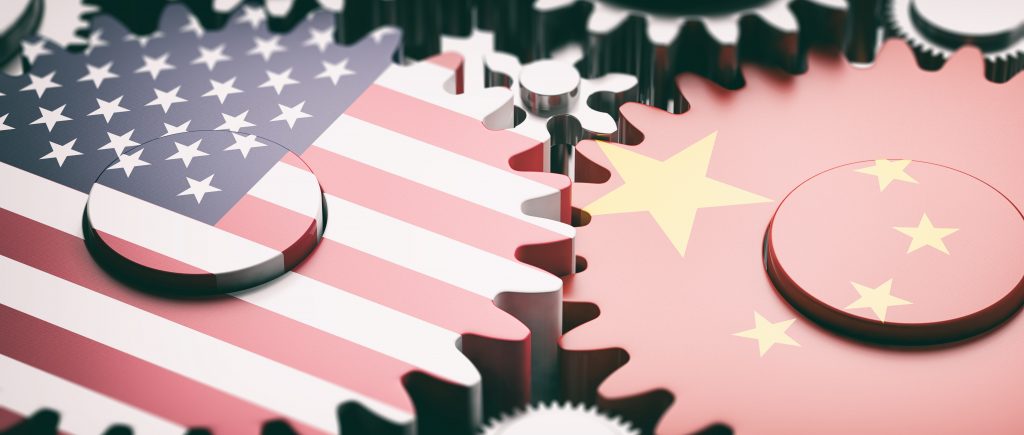Hope on the Horizon: U.S.–China Trade Tensions Show Signs of Easing Amid Rare Earth Dispute
In a week marked by escalating rhetoric and market volatility, a glimmer of optimism has emerged in the ongoing trade standoff between the United States and China. U.S. Trade Representative Jamieson Greer expressed confidence that the two economic giants could find a path forward, following high-level talks held Tuesday in Washington.
“We’ve succeeded in resolving issues with them before,” Greer said in a televised interview. “And we believe we can overcome this phase as well.”
The talks come amid rising tensions over China’s sweeping restrictions on rare earth mineral exports—materials critical to U.S. industries including defense, semiconductors, and electric vehicles. In response, President Donald Trump threatened to impose a 100% tariff on Chinese imports starting November 1, a move that sent shockwaves through global markets.
Despite the threat, Greer noted a shift in tone from Beijing, describing recent Chinese statements as “less hostile,” which he interpreted as a sign that China may be reconsidering its aggressive stance. “It’s clear they’ve crossed a line,” he added, suggesting that both sides recognize the need to de-escalate.
The diplomatic efforts are unfolding ahead of a scheduled meeting between President Trump and Chinese President Xi Jinping later this month at the Asia-Pacific Economic Cooperation (APEC) summit in Seoul, South Korea. While Trump has hinted that the meeting could be canceled if tensions worsen, Greer emphasized that dialogue remains essential. “I don’t want to precommit either side,” he said. “But it makes sense for people to talk when the opportunity arises.”
China’s export controls have sparked concern across industries, particularly given its dominance in the rare earth sector. According to international agencies, China controls roughly 60% of global mining and over 90% of refining capacity. The U.S. relies on China for about 70% of its rare earth imports, making the dispute especially consequential.
The situation intensified when China imposed sanctions on American branches of a South Korean shipping company earlier this week, further fueling fears of a broader trade conflict. In retaliation, Trump not only threatened tariffs but also floated restrictions on U.S. software exports.
Yet, in a surprising turn, Trump posted on his social media platform “Truth Social” that the U.S. seeks to help China, not harm it. “I respect President Xi,” he wrote. “I don’t want his country to suffer a depression.”
This softer tone from Washington, coupled with Beijing’s more measured language, has helped calm markets somewhat after a $2 trillion drop in U.S. stock value last Friday. Greer acknowledged the market’s sensitivity but reiterated that the administration’s priority is long-term economic resilience—bringing supply chains back to the U.S. and reducing dependence on China.
“Our agreement was based on keeping tariffs low in exchange for continued rare earth flows,” Greer explained. “But now they’re announcing more restrictions, so it makes sense to raise tariffs.”
While no clear timeline has been set for resolving the dispute, both sides appear open to negotiation. The upcoming Trump–Xi meeting could prove pivotal, offering a chance to reset relations and restore stability to global trade.
For now, the world watches closely. The next move—especially from Beijing—could determine whether this fragile moment of optimism blossoms into a breakthrough or collapses into deeper conflict.

 Noor Trends News, Technical Analysis, Educational Tools and Recommendations
Noor Trends News, Technical Analysis, Educational Tools and Recommendations




